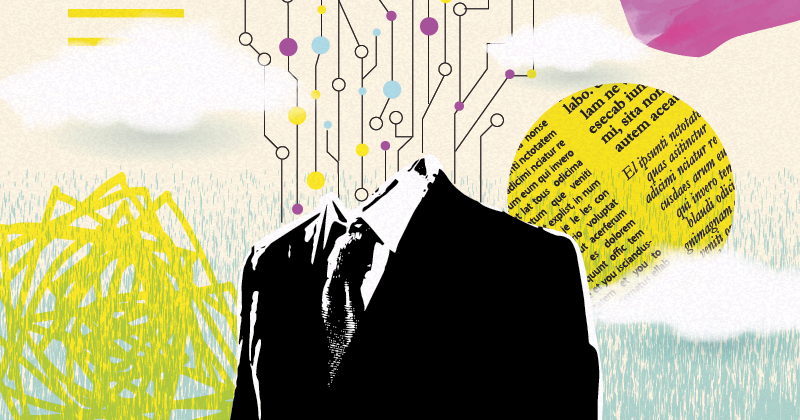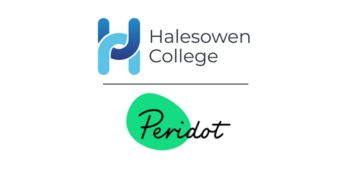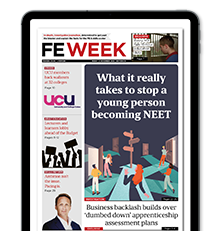My college went paperless years ago. I’ve lost count how many photocopies I’ve done since then.
Thankfully, my laptop screen provides me with a little personalised counter of how much my printing has cost. It was accumulating, un-reset for years, so the figure was astronomical. House deposit levels of finance seemed to be involved.
I felt like a monster when I clicked on the little green numbers, only to be warned of how many trees have been felled for me, and how much carbon I’ve frittered away on my mindless papery rush towards photocopier-driven armageddon.
When we’re all struggling to survive the coming climate catastrophe and dystopian wasteland which follows, I’m scared my little counter might then count as evidence against me. It may be the testimony of those judgemental green digits that leads to me being buried alive in an eco-pod from which a tree will one day grow. A fitting revenge for Mother Nature, who is plainly tired of being pulped up and printed on.
Honestly, I don’t know how a college can become paperless. I’ve seen the figures about the energy it would save. But none has yet included the money saved on photocopiers, paper and ink. No doubt the ink savings alone would run into millions of pounds per student if my home printer is anything to go by.
I would love to work in a truly environmentally-friendly college. When our new campus was built years ago, its smaller carbon footprint was heralded. The dream was good and the hopes were high, but they somewhat died, running aground on the rocks of reality, institutional busyness and plain human apathy. Nobody talked about sustainability after the first few years in the new-build. Then we became paperless. After a fashion, at least.
Of course, the purpose of paperlessness was to embrace online access. It was a brave new world. If we were not working with paper, we could live the dream of surfing the world on the web and save work in the intangible ever-accessible, albeit securely locked cloud. A lot simpler than unblocking scrumpled-up jams, being delayed by empty ink tanks, and restocking vacant paper trays.
But I haven’t yet seen the comparative calculations on the carbon usage of cloud storage and the enormous energy consumption of AI per student. I fear it might be dizzying. Hungary is currently constructing two nuclear power stations to support its drive to become a data-centre hub. So our college’s banks of ever-recharging laptops, the cloud storage we provide, the increasing use of AI, the emails flying around, and every other electronic communication we’ve adopted to replace paper have no doubt given us enormous carbon footprints.
If being paperless was just to save money, that was one thing. But if it was for sincere ecological reasons, we may have merely displaced the problem, much as large economies export their carbon costs to smaller countries. I suspect our overall carbon use has risen since seeking to forego paper. So we may have saved money, but have we saved the world? What of e-waste, the hardware junk we all discard, and the energy used on storing thousands of redundant files online?
I don’t really know how to go paperless – or full-on cloudily stored and artificially intelligent, either. I’m stranded, one foot planted on wood-pulp and the other immersed in the cotton-wool insubstantiality of the cloud.
In my classes, students need to annotate and analyse with paper and pens. But we obviously use online storage too. We could just be a little less papery, but it surprises me how much paper digital-native students want and need. Their folders are bursting by the end of the year. When I send them documents, they just print them out because the online version will only otherwise get lost in the undergrowth of the virtual forest.
Papered or wholly electronic, we face a difficult choice. There’s enormous environmental cost in using paper, and another in going paper-free. Whichever way, I will still need to think through my practice for the sake of the trees – unless AI can work out an answer for me.











Your thoughts